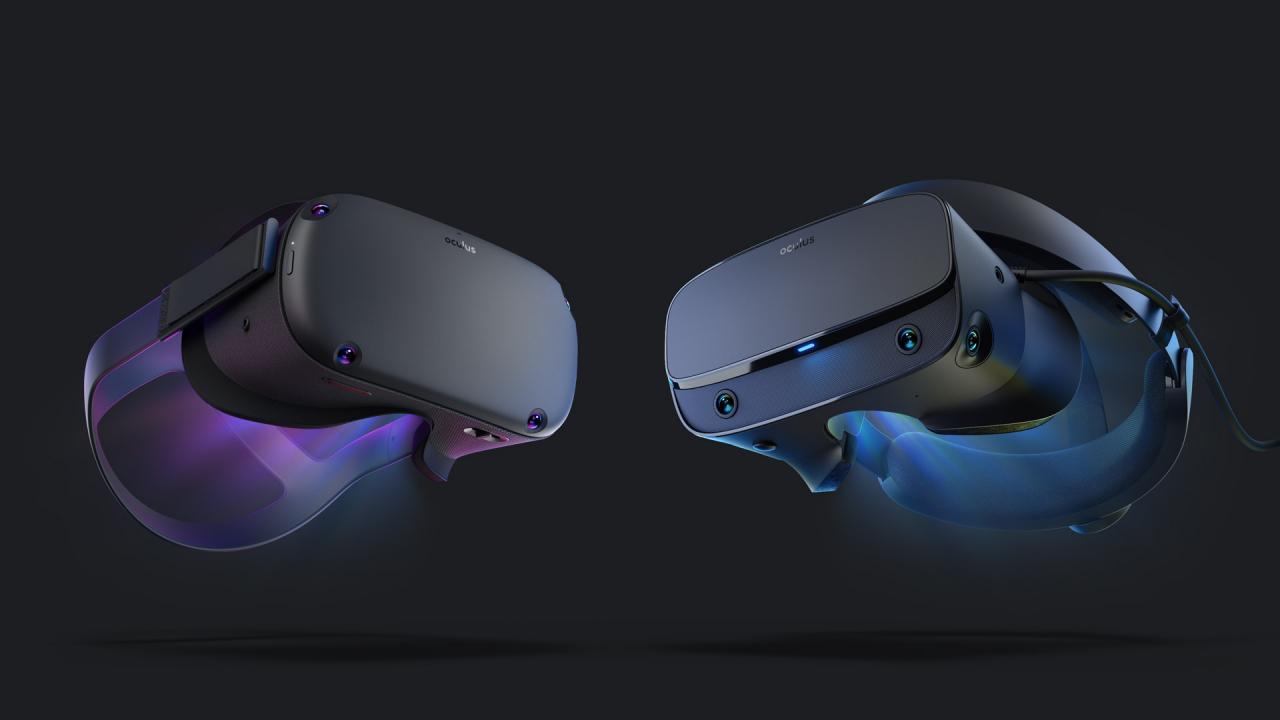Last week, I befriended a fuzzy pink alien that my robot sidekick and I nicknamed Pork Bun. We played fetch around a bonfire and munched on virtual marshmallows. Pork Bun was so charming that, when I had to choose between protecting Pork Bun or saving the human race from extinction, I tacitly left planet Earth to fend for itself to face its certain doom.
I met Pork Bun last week at the Tribeca Film Festival, during the premiere of an animated virtual-reality experience called Bonfire, from Pixar-like immersive-animation studio Baobab. But you’ll be able visit Pork Bun’s planet via an Oculus Quest, because Bonfire has been chosen as a launch title for Facebook-owned Oculus’ Quest headset when the gadget arrives later this spring, Facebook revealed on Monday.
The Oculus Quest headset is aiming to bridge the gap between mobile and PC VR, bringing a higher-end experience — with more-advanced controllers and the ability to walk around in an environment — to a fully wireless headset.
Baobab, meanwhile, has spent the last four years trying to bridge the gap between passive animated films and the kind of impact you feel from real-life experiences, bringing high-end animation to immersive formats like virtual reality.
‘Everything that we’ve done has centered around making the viewer matter, not just be a fly on the wall,’ Eric Darnell, Baobab’s chief creative officer, said in an interview. ‘Because of the [artificial intelligence of Bonfire], we give the viewer a lot of different options. You can throw a flaming log at Pork Bun or you can toss it a marshmallow.’

In Bonfire, you play an interstellar exploration trainee sent to find a new home for the human race. You crash-land on a mysterious planet, with a robotic assistant named Debbie — voiced by comedian Ali Wong — and a bonfire as your main ways of understanding this new environment. As you peer into the darkness beyond the reach of the firelight, out pops Pork Bun, a pink-and-orange alien who looks like a furry jellyfish and likes to play fetch and Hacky Sack.
Pork Bun is suspicious of you at first, but as you decide how to interact with the creature, your choices feed into a complex system that changes how friendly Pork Bun is to you.
Baobab’s artificial intelligence ‘determines the level of trust and bonding on display,’ said Baobab CEO Maureen Fan.
For Bonfire to be able to process that degree of complexity in a wireless headset like Quest, Baobab needed to figure out sly methods for keeping its experience computationally lean and mean. That included classic computer animation hygiene tricks, like designing characters who don’t need a lot of different polygons to appear three dimensional. ‘Sometimes, it’s clever ways to turn stuff off,’ Darnell said. ‘If you’re not looking behind you, we don’t need to pull all of that geometry.’
Artificial intelligence, as a term, can be fuzzy and mean different things depending on how strictly you define it. Bonfire’s AI, for example, doesn’t autonomously learn and evolve. There’s no machine learning, for example, that allows the experience to learn for itself based on inputs of data, without being explicitly programmed. Whatever happens in your run-through of the experience doesn’t affect the next person who tries it.
(That also means Bonfire isn’t susceptible to trolling that could, say, turn characters racist, like what happened with Microsoft’s Tay on Twitter. ‘You couldn’t convince Pork Bun to kill Debbie,’ Darnell said.)
The AI in Bonfire leans toward a more colloquial definition of artificial intelligence: technology that mimics what we as humans consider to be traits of another human mind — problem solving or emotional resonance, for example.
‘At its simplest level, if a character can find you in the environment and look you in the eye, that’s a form of AI,’ Darnell said. ‘You can add layers of complexity to that so there’s a lot of things competing for that character’s attention. It [the character] basically has to decide what matters.’
Baobab’s Bonfire will available on Oculus Quest when the headset launches May 21, as well as on other VR platforms. It’s also on display in New York at the Tribeca Film Fest‘s Virtual Arcade through Sunday.
